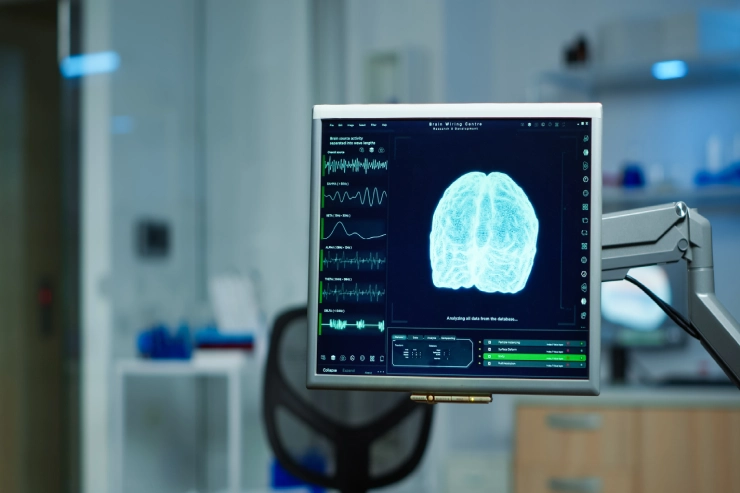
At NEUMED Clinics, we utilize Botox therapy as an advanced, minimally invasive treatment for managing complex neurological and neurosurgical conditions. Its ability to target overactive nerves and muscles makes it a transformative solution for patients seeking relief from chronic pain, muscle disorders, and nerve-related conditions.
The Role of Botox in Neurosurgical Care
Botox (Botulinum Toxin) works by temporarily blocking the release of neurotransmitters at the nerve-muscle junction. This action relaxes muscles, alleviates pain, and reduces abnormal nerve signaling, making it particularly effective in conditions that are difficult to manage through medication alone. Neurosurgeons often recommend Botox as part of a comprehensive treatment plan to enhance patients’ quality of life.
Neurosurgical Conditions Treated with Botox
At NEUMED Clinics, Botox therapy is integrated into the management of various neurosurgical conditions, including:
How Botox Therapy is Performed